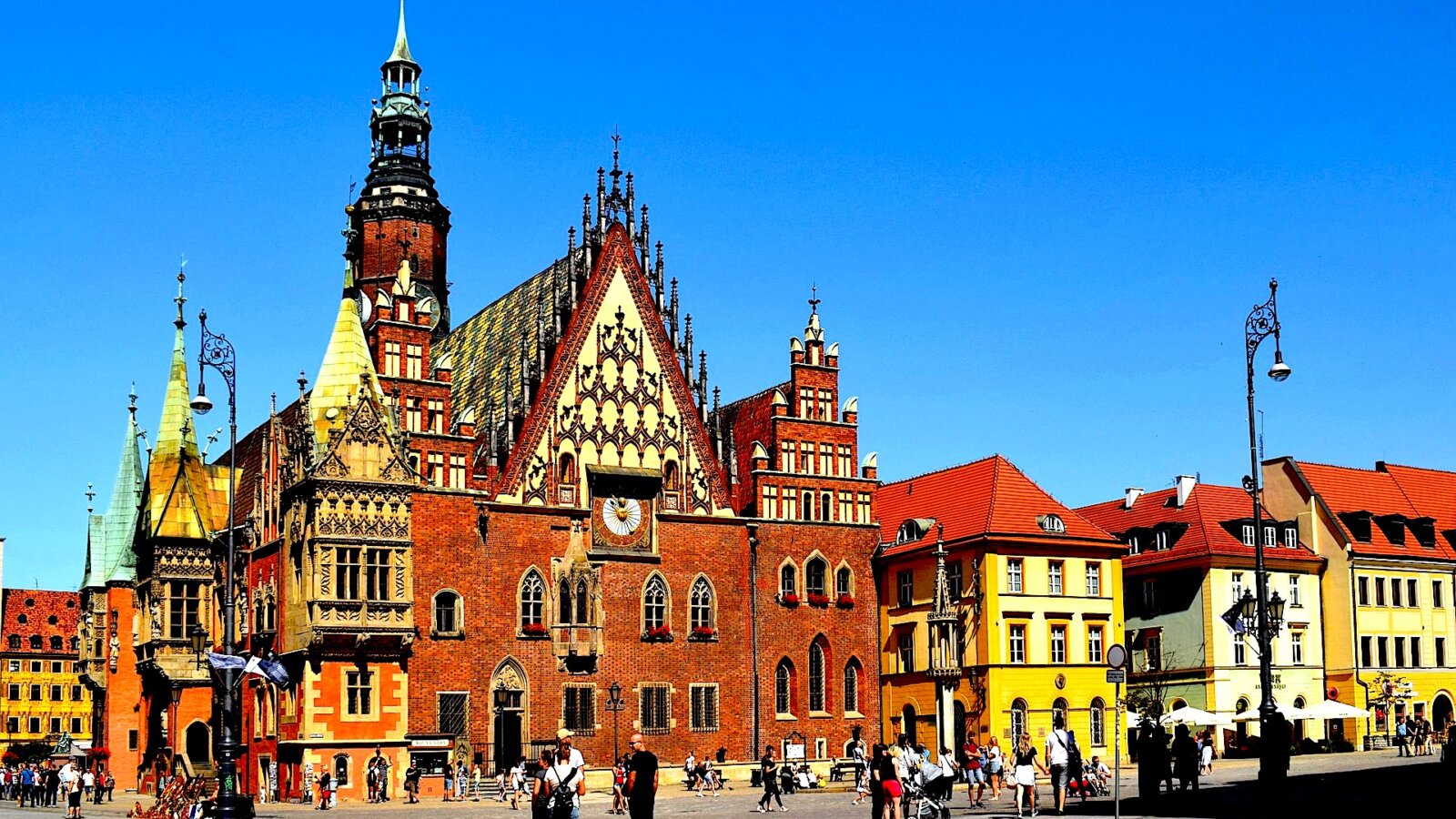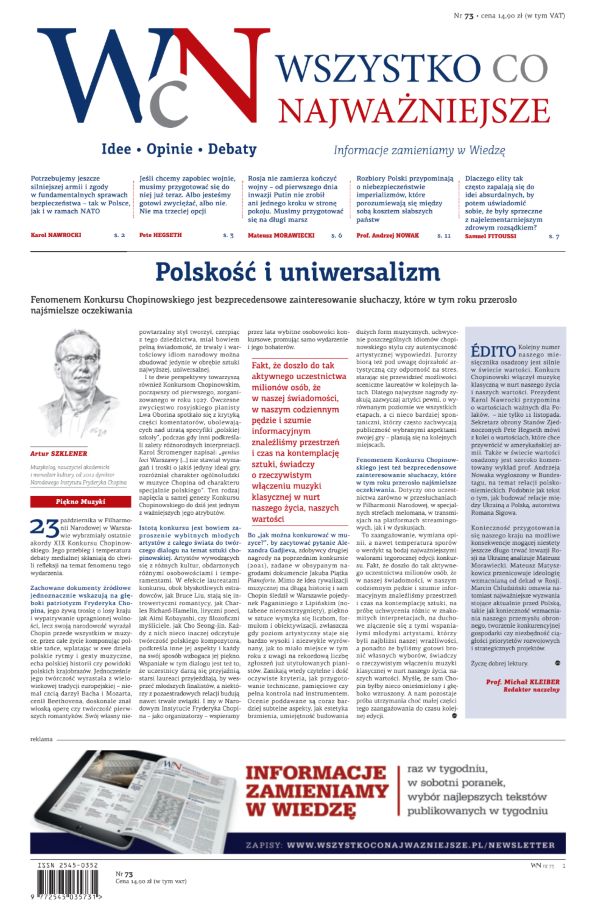
 The Town Hall That Holds Wrocław’s History
The Town Hall That Holds Wrocław’s History
‘With its lace-like façade and soaring tower, the Old Town Hall has for centuries been Wrocław’s most distinguished landmark and one of Europe’s finest examples of Gothic architecture. For seven hundred years, its halls have witnessed political quarrels, merchant dealings and social gatherings. Today, it serves as a museum,’ writes Jolanta PAWNIK
.The oldest part of the Old Town Hall was built at the end of the thirteenth century to provide a meeting place for the city councillors. According to surviving records, this was not the first building on the market square. A little earlier, the Merchants’ House, or the Cloth Hall (Sukiennice), had been erected, no longer preserved today, which once stood on the site of the present street of the same name.
It is certain that the Old Town Hall was built for a five-member city council and an eleven-member aldermen’s court, which, unlike the hereditary mayor, did not yet have a leading role in governing the city. Perhaps that is why the original version of the building was not grand. Over time, however, especially after the town purchased the mayor privileges in 1326, more buildings were added to make the seat of government more impressive. The complex then gained the rank of a praetorium, or town hall.
Each subsequent reconstruction added new splendour to the building. In the fifteenth century, decorative bay windows appeared, adorned with lace-like ornaments and friezes. In the Great Hall, visitors were captivated by the vaulting with more than 160 bosses and 50 corbels decorated with images of biblical figures, coats of arms of patrician families, fantastic creatures and realistic scenes from the mediaeval life of the city. The Old Town Hall continued to grow throughout the sixteenth century, when its structure took on a form close to the one we see today.
The Old Town Hall is not only a testament to architectural history but also to dramatic events. In 1406, the patricians seized control of the building by force, and in 1418 rebellious townspeople stormed it, executing the mayor and five aldermen in the market square. These turbulent scenes reveal how vivid the political life of the mediaeval city was and how symbolic the town hall had become for all social groups.
The Świdnicka Cellar (Piwnica Świdnicka), a tavern that began operating within the Town Hall’s walls at the end of the thirteenth century, is also worth noting. It was here that merchants and travellers met, rebels conspired and—according to legend—Emperor Sigismund of Luxembourg, disguised in humble attire, once eavesdropped on the conversations of the townspeople. King Matthias Corvinus of Hungary was so enchanted by its atmosphere that in 1480 he ordered a similar cellar to be created in his own capital.
Above the entrance to the Świdnicka Cellar, an extraordinary ‘singing clock’ was installed. From the mid-sixteenth century, it chimed every half hour with the chorale Da pacem Domine, and on the hour with other liturgical hymns. At the time, it was one of the few such mechanisms in Europe, an ingenious combination of clockmaking craftsmanship and music.
By the start of the 19th century, the town hall’s state of disrepair had forced the council to relocate its meetings, choosing to rent more up-to-date accommodations in the area. In the 1860s, they moved to the New Town Hall, located nearby. The Old Town Hall was no longer being renovated, and its rooms were leased for office purposes. Merchants had set up stalls all around.
It was not until the 1930s that the Town Hall once again drew the city’s attention, leading to a thorough restoration between 1934 and 1936. Partition walls in the southern section were demolished, the eastern façade was restored, and new floors and a staircase were built. Almost all the vendor booths surrounding the building were removed as well — the only one that remains today is a small souvenir shop on the south-eastern side.
The Old Town Hall survived the Second World War, though not unscathed. A bomb struck the building but, but luckily, it didn’t detonate, only damaging the top floor’s ceiling. Between 1949 and 1953, the Town Hall was restored under the supervision of Marcin Bukowski. The team removed the plaster from the eastern façade and reconstructed the side gables. Two decades later, the damaged timber roof truss was replaced with a steel structure. In the 1980s, and again at the beginning of the twenty-first century, further restoration work was carried out: the missing façade fragments were filled in and the city’s coat of arms, restored and repainted, was placed once more on the tower.
.Today, Wrocław’s Old Town Hall houses the Museum of Bourgeois Art, with the building itself as part of the exhibition. Visitors can admire the decorations of its Gothic halls and, just below, enjoy the Świdnicka Cellar, one of the oldest restaurants still operating in Europe.





